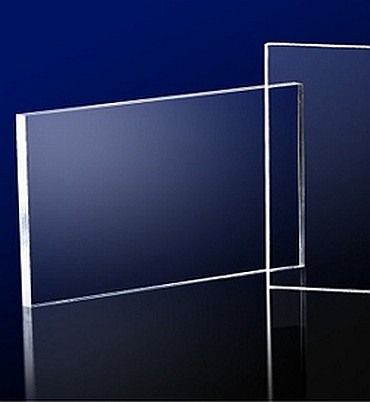
Acrylic painting relies heavily on color psychology because it will elicit particular feelings and responses from spectators. Through comprehension of the psychological effects of color, artists will proficiently communicate their desired message or atmosphere via their artwork. With this understanding, artists will produce paintings that are more significant and captivating for their viewers.
Viewers’ interpretations of a piece of art are influenced by the associations that different hues have with different feelings and meanings. For example, cold hues like blue and green can arouse thoughts of peace, tranquility, and serenity. In contrast, heated hues like red and orange are frequently related to energy, passion, and excitement. These color associations are a useful tool for artists to use to direct the viewer’s emotional reaction and improve the general effect of their works.
Color selections in acrylic painting can also have an impact on a piece’s composition, balance, and aesthetic appeal. Artists will use color psychology to develop harmonious color schemes that highlight important aspects of their paintings and direct the viewer’s attention there. to supply strong, captivating works of art that captivate viewers, artists must have a radical understanding of the interactions between colors and how they affect their emotions.
Understanding the fundamentals of Color Psychology
The intriguing field of color psychology studies how various hues might affect our feelings and moods. Knowing the basics of color psychology within the context of acrylic painting will significantly increase the impact of your work. For example, cold hues like blue and green can arouse sentiments of peace, tranquility, and serenity, while warm hues like red and orange are frequently linked to energy, passion, and heat.
It’s important to consider the viewers’ potential emotions when choosing colors for your acrylic paintings. Vibrant yellows, for instance, might evoke feelings of joy and optimism, while rich purples can suggest refinement and luxury. You’ll convey your required message or arouse particular feelings in your audience by deliberately using these colors in your artwork.
Learning more about color psychology will assist you in understanding how different colors affect our emotions once we paint with acrylics. Artists will produce more compelling and potent works of art if they have far better knowledge of how colors affect mood and emotions. Through the method of experimenting with different color combinations and researching their psychological impacts, artists will elicit certain sensations and transmit messages to their audience.
Insights from Leading UK Suppliers
During a recent interview, representatives from leading Acrylic Suppliers UK provided insightful information on how color choices influence consumer preferences. The vendors assert that color is a significant factor in shaping consumer choices, with particular hues eliciting particular feelings and reactions. They underlined how crucial it is to grasp color psychology to satisfy customer preferences and increase the allure of products.
Additionally, the vendors emphasized how important it is to stay up with the most recent color trends to be competitive within the market. Suppliers will reach a larger market and boost revenue by providing a varied spectrum of colors that correspond with modern customer tastes. the need for color selections to be flexible to satisfy differing customer tastes and preferences across various demographics and geographies was also noted.
All things considered, the discussion with the highest acrylic producers clarified the complex link between color preferences and customer behavior. Through the utilization of color psychology, maintaining current trends, and providing a versatile color palette, suppliers will efficiently fulfill customer requests and stimulate business expansion. The importance of color influencing consumer perceptions and buying decisions within the highly competitive retail environment is shown by this conversation.
Practical Applications in Acrylic Painting
Your acrylic paintings’ final results should be considered when choosing colors. While cold hues like blues and greens frequently generate thoughts of quiet and tranquility, warm colors like reds, oranges, and yellows will provoke sensations of vitality and heat. Complementary hues, like red and green or blue and orange, can also provide visual appeal and contrast to your designs.
Color theory concepts are frequently used to create effective color schemes in acrylic paintings. Complementary hues like blue, green, and blue-green, which are next to each other on the color wheel, are often used to make compositions that flow well together. A balanced yet energetic appearance could also be achieved with triadic color schemes, which use three colors—red, yellow, and blue—that are evenly separated on the color wheel. You’ll find distinctive and visually arresting color schemes for your acrylic paintings by experimenting with various color combinations.
Artists frequently find inspiration in nature for nice color combinations. reminder blue, turquoise, and white could also be included in a painting of a relaxed ocean, whereas warm oranges, pinks, and purples could be utilized in a sunset picture. You’ll confidently select colors that improve the mood and impact of your acrylic artwork by listening to the colors in the world around you and learning the basics of color theory.
